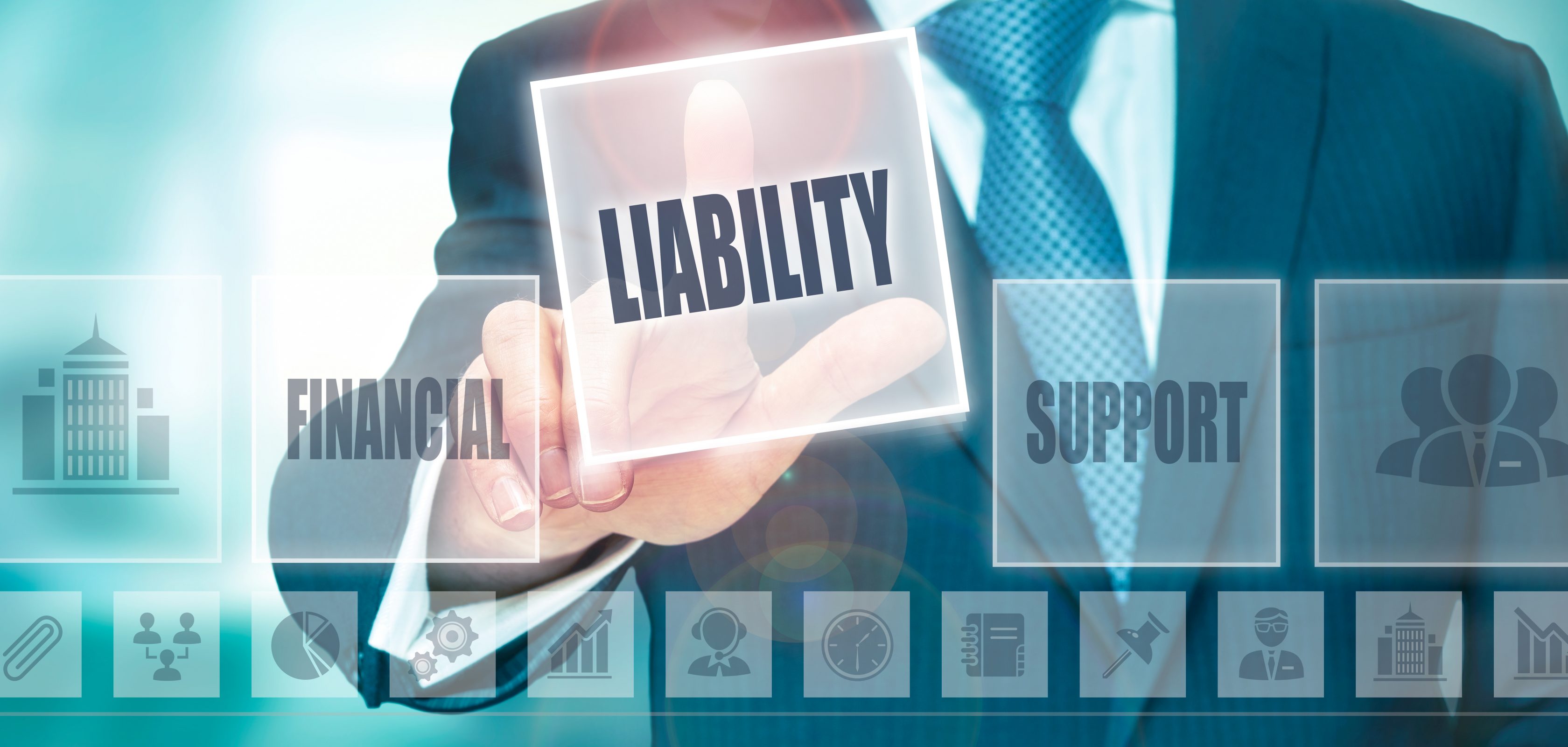Liability exposures for companies around the world are increasing. Factors such as rising litigation, collective redress and large court verdicts, costly and frequent recalls in the automotive and food sectors, the disruptive impact of civil unrest and riots in a growing number of countries, and environmental concerns such as indoor air quality and higher fines and remediation standards will likely impact businesses and their insurers in future – all in the face of a challenging global pandemic, according to a new report from Allianz Global Corporate & Specialty (AGCS) which highlights five trends for the sector.
“Pricing in the liability insurance market may have turned in recent months, however social inflation trends and large court verdicts continue in the United States. This combined with expanded exposures for non-US companies doing business in the US and an increase in automotive part recalls are putting pressure on liability insurers,” says Ciara Brady, Global Head of Liability at AGCS. “Overlay this with the uncertain economic outlook, political instability and unknown impacts from coronavirus and this is creating a challenging market for clients, brokers and insurers alike. While we have to react to new loss trends in underwriting, AGCS remains committed to supporting our clients with solid risk transfer solutions and capacity to address today’s liability exposures.”



